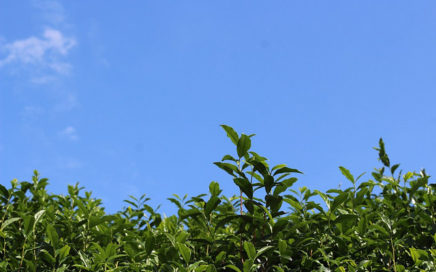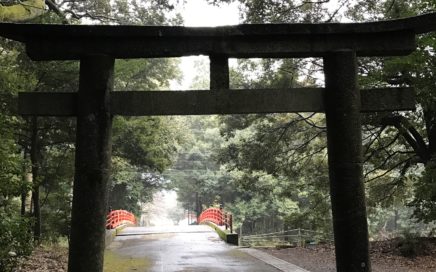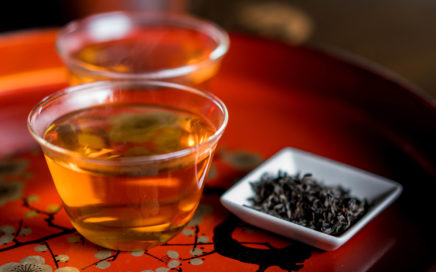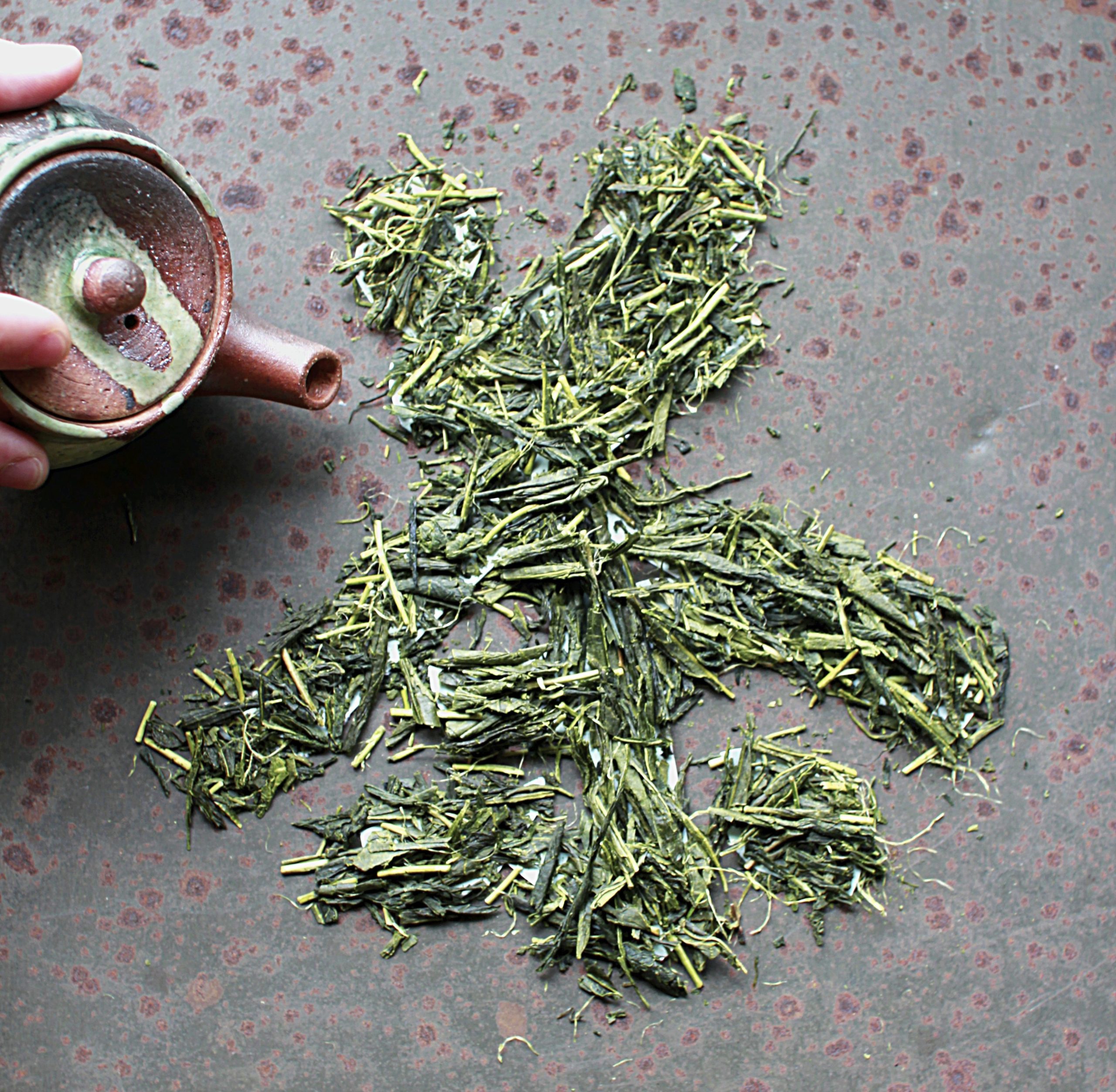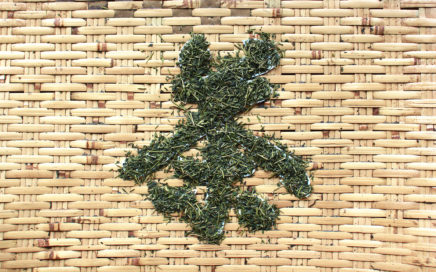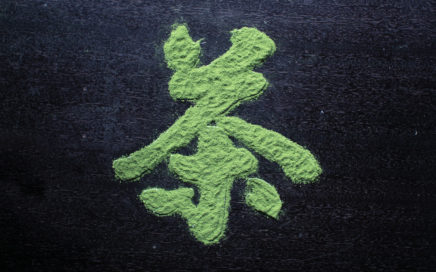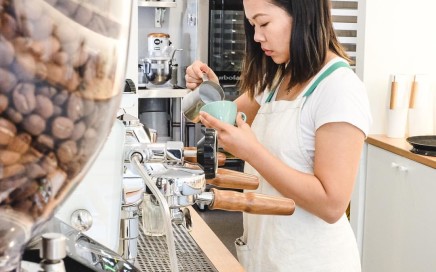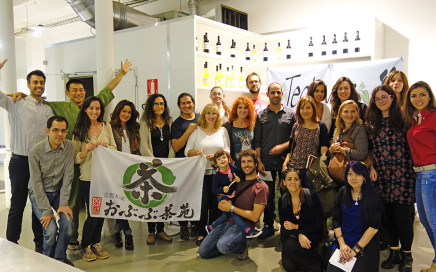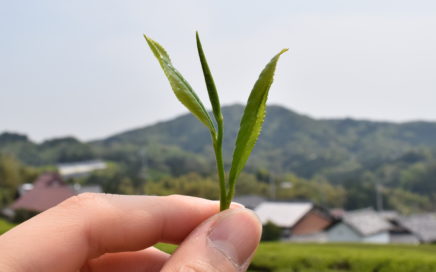
The 88th Day: Spring tea picking tradition!
Hachijuu-Hachiya, the 88th Day 八十八夜 The 88th day of traditional Japanese calendar, which falls right around May 1st or 2nd, is famous as an important date for farmers, and especially tea farmers. For several hundred years, the 88th day has been considered the best day to start the spring tea harvest. Those tender new shoots […]

